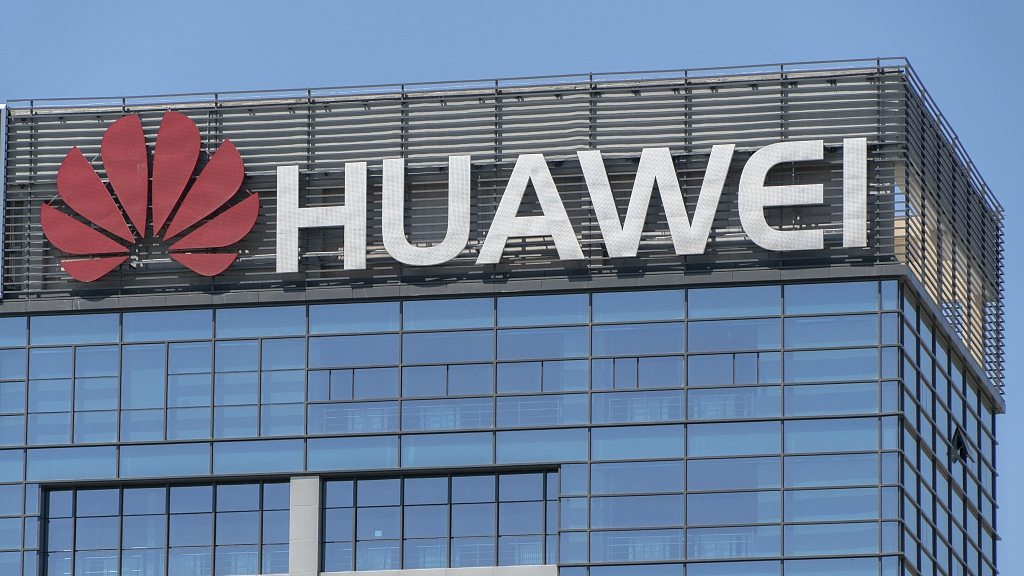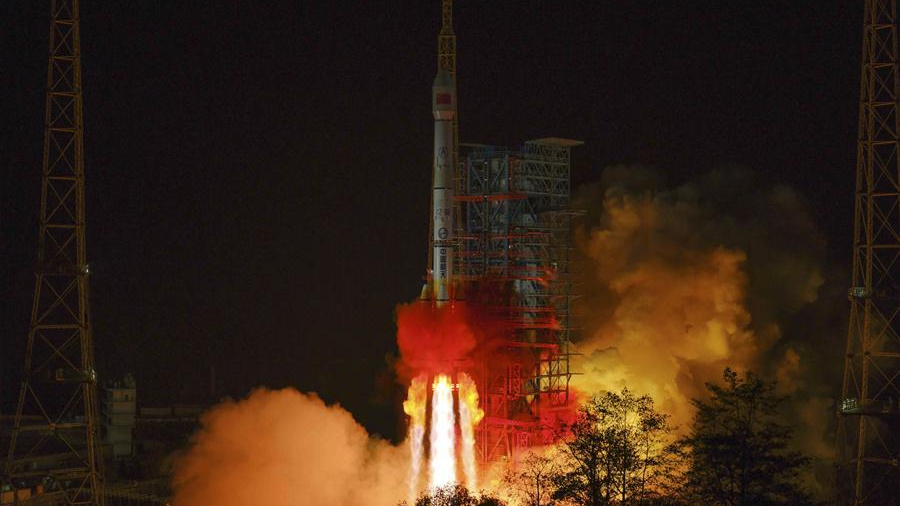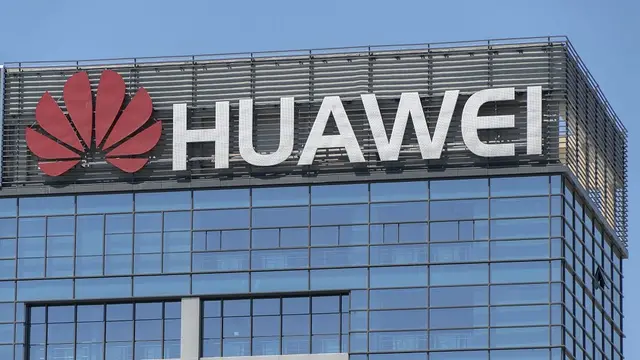
China should make quick decisions to push for another policy change in its global approach to the high-tech industry. It should accelerate implementation of plans for technological independence to manage and control its own high-tech supply chain in the face of political risks, such as additional political pressure and perhaps the next wave of U.S. sanctions. The largest gap currently lies in design and manufacturing of high-end semiconductor chips, where China lags far behind the U.S. It also relies too heavily on the U.S. for software, from Google's mobile apps to Microsoft's Windows operating system and its Office suite.
When the Trump administration imposed first sanctions on ZTE in 2018, it taught China its first lesson. Last year was full of similar events. China should be "grateful"to the U.S. for this chain of "wake-up calls."What has become clear is that in the area of high-tech, Chinese companies still have a lot of catching-up to do. Upon the announcement of U.S. sanctions, many Chinese companies were caught off guard – they were even left feeling helpless and looked like the "giants on clay legs,"as some commentators would say.
Why is it happening? Because those companies were too dependent on American high-tech innovations and industrial achievements. U.S. sanctions clearly exposed China's high-tech weaknesses (their "Achilles' heels") in fundamental research and scientific discoveries.
Suddenly everyone observed a huge gap between China and the U.S. in the area.
What to do? My single answer is that the country must launch as its highest priority a specific program to raise the top talents in mathematics, physics, chemistry and other natural sciences, being able to generate discoveries in cutting-edge fundamental research.
Many positive things have already been happening. A surge in government funding, along with strategies to build up science and high-tech has delivered important fruits.
According to the National Bureau of Statistics of China, an annual average spending on basic scientific research and development (RD) between 1995 to 2018 increased by more than 20 percent and reached 16.3 billion U.S. dollars in 2018.
However, even with such an impressive growth those numbers are lagging far behind U.S. figures, which, as estimated by the American Association for the Advancement of Science reached 176.8 billion U.S. dollars the same year.

A new communication technology experiment satellite is launched by the Long March-3B carrier rocket at Xichang Satellite Launch Center in Xichang, southwest China's Sichuan Province, January 7, 2020. /Xinhua Photo
Besides, the government has been working hard for some time to try to bring both Chinese and foreign talents to the country. Apart from the traditional method of providing funding, it launched a series of incentive schemes, such as the "Thousand Talents Plan,""Thousand Foreign Experts Plan,""Special Talent Zone,""Ten Thousand Talents Plan,"etc. These schemes promise talented researchers handsome personal compensations and considerable research funds.
However, let's look deeper. Last year in the world's list of Highly Cited Researchers, of those whose papers rank in the top one percent by scientific citations, there were 636 Chinese scientists which is an impressive 32-percent increase from 2018. Great result, but is still low in comparison with 2,737 of similar U.S. scientists. China was far behind U.S. in top publications namely in natural sciences – physics, chemistry and biology.
China became the most advanced place in the world for incremental innovation, which is great news. But it is not enough! Country must get the similar place in radical innovation and discoveries. Most advanced research institutions must be able to persuade its best researchers to think radically instead of incrementally. It all would mean urgent necessity for revision of system of incentives'and motivation. Now it is the time to move quickly from quantity to quality!
Last October Shanghai hosted one of the largest gatherings of Nobel Prize laureates with 44 Nobel Prize winning scientists attending the forum with the lofty goal of discussing science and technology for the "a community with a shared for mankind."How can China have more Nobel Prize winners of its own?
Esther Duflo is a French economist who is the Professor of Poverty Alleviation and Development Economics at the Massachusetts Institute of Technology. Her husband is Abhijit Vinayak Banerjee who is an Indian economist and currently the Ford Foundation International Professor of Economics at Massachusetts Institute of Technology. They went to the U.S. from their respective countries as visiting scientists, hungry for making scientific discoveries. They started to work in Boston, got acquainted and married while working in top U.S. laboratories. Both currently are American citizens and last year received a Nobel Prize for their fundamental discoveries.
This is a typical case for the American scientific community, which attracts the talents from all around the world like a huge vacuum cleaner. It isn't only the size of personal compensations and research funds, which attracts top talents to the U.S. It is mainly the highest quality scientific environment, creative atmosphere of international debates and discussions, as well as academic freedom and exchanges, which American institutions are able to offer.
China's strong desire to be another champion in innovations and fundamental discoveries must be realized. Its own pool of innovation talents will be the key foundation for its ambitions to achieve scientific breakthroughs. However, additional attraction of talents from around the world, as America is doing so successfully, is another must and should be placed as the top priority for the country.
(CGTN)
 简体中文
简体中文

